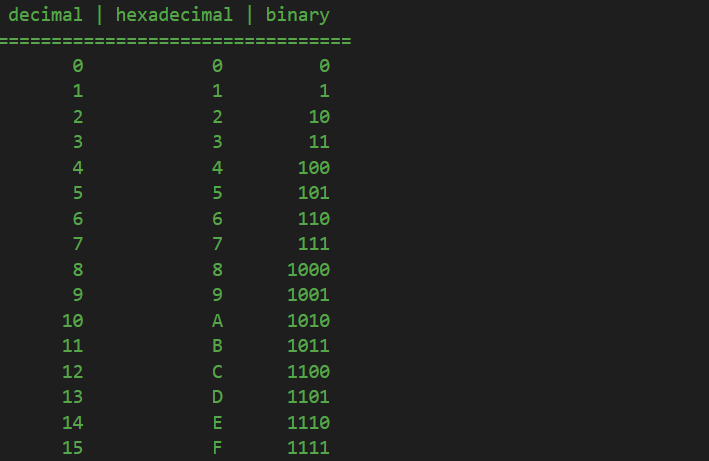Decimal variable type, unlike float and double, which are binary point types, is a floating decimal point type. It can store 128 bits, and compared to the float or double types, it has more precision and a smaller range. This makes it best suitable for financial calculations and any situations where precision is crucial.… Read more
Decimal variable type
December 27th, 2016Double variable type
December 27th, 2016C# compiler allocates 64 bits (8 bytes) to store a double variable type. For reference, a double variable type can keep values with a precision of 14 or 15 digits, in the interval between 1.7E-308 and 1.7E+308.
You should know that the float and the double variable types are floating binary point types.… Read more
Float variable type
December 27th, 2016C# language uses float variable type to store real number values in floating point (negative and positive numbers that contain a fractional part). The C# compiler will allocate 32 bits (4 bytes) to store values of type float. A float variable type can store values with a precision of six or seven decimals in the interval of 3.4E-38 and 3.4E+38.… Read more
Char variable type
December 26th, 2016C# language uses char variable type to store values of type character. The C# compiler allocates 16 bits (2 bytes) to store a char variable, which is similar to the ushort type. The char variable type can store integer value types ranging from 0 to 65535.… Read more
Int variable type
December 26th, 2016A variable is a name that the compiler assigns to one or more memory location(s). When you declare a variable in a program, you have to specify its type and name. The type of a variable specifies the kind of values that the variable can store and the set of operations that the program can execute on variables.… Read more
Why do we use hexadecimal numbers?
December 26th, 2016In some cases, you will see programmers that represent decimal or binary values using hexadecimal values. Why is that?
Well, since we now know from previous lessons how to count in both binary and hexadecimal, let’s see how a few of these numbers correspond:
If you look closely to the above relationship, you will quickly notice that the maximum value a hexadecimal digit can store is equal to exactly the maximum number 4 bits can store.… Read more
Hexadecimal numbers
December 26th, 2016Just like the binary representation, of which I have discussed in the previous lesson, hexadecimal notation is just another form of representing numbers. So, hexadecimal numbers, at their core, are normal numbers, represented in base 16, instead of base 10, as for the decimal numbers.… Read more
Bit. Byte. Binary counting.
December 26th, 2016I was explaining in a previous lesson that at the deepest level, computers store and process information only as two values, 0 and 1. These values are the smallest individual pieces of information inside a computer, and they are called bits.… Read more
Interacting with the Console
December 26th, 2016This lesson will be based on things that we have not yet learned about, so it is not mandatory to fully comprehend it. However, at least a very basic understanding of the interaction with the Console is required, in order to continue explaining concepts in the following lessons.… Read more
Choosing significant variable names
December 26th, 2016First of all, this is not a mandatory topic. You can name your variables whatever you like. However, you will soon come to understand that choosing significant variable names is a very good programming practice.
If you ask me, the term “generally accepted programming naming convention” is practically a joke.… Read more
